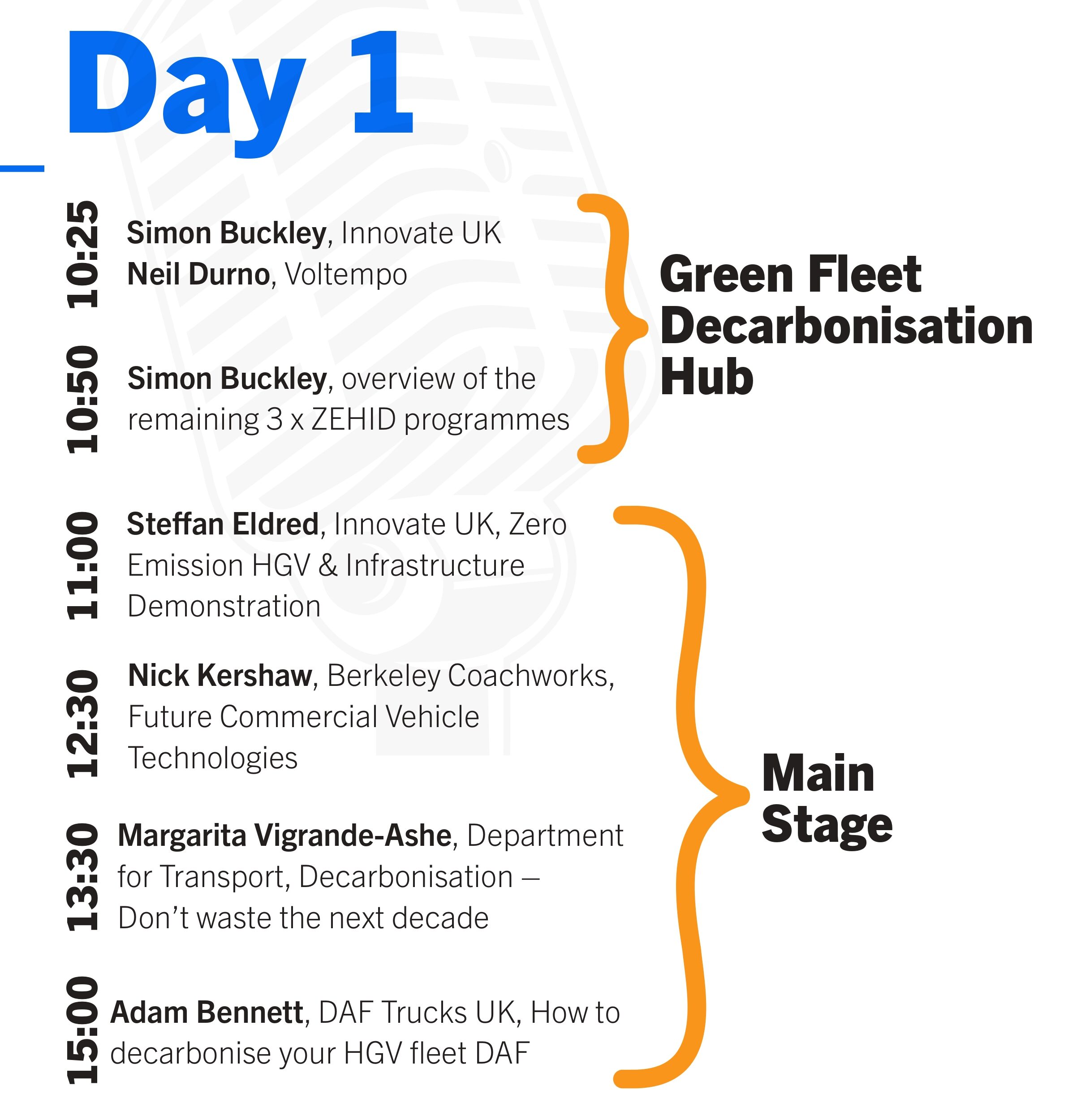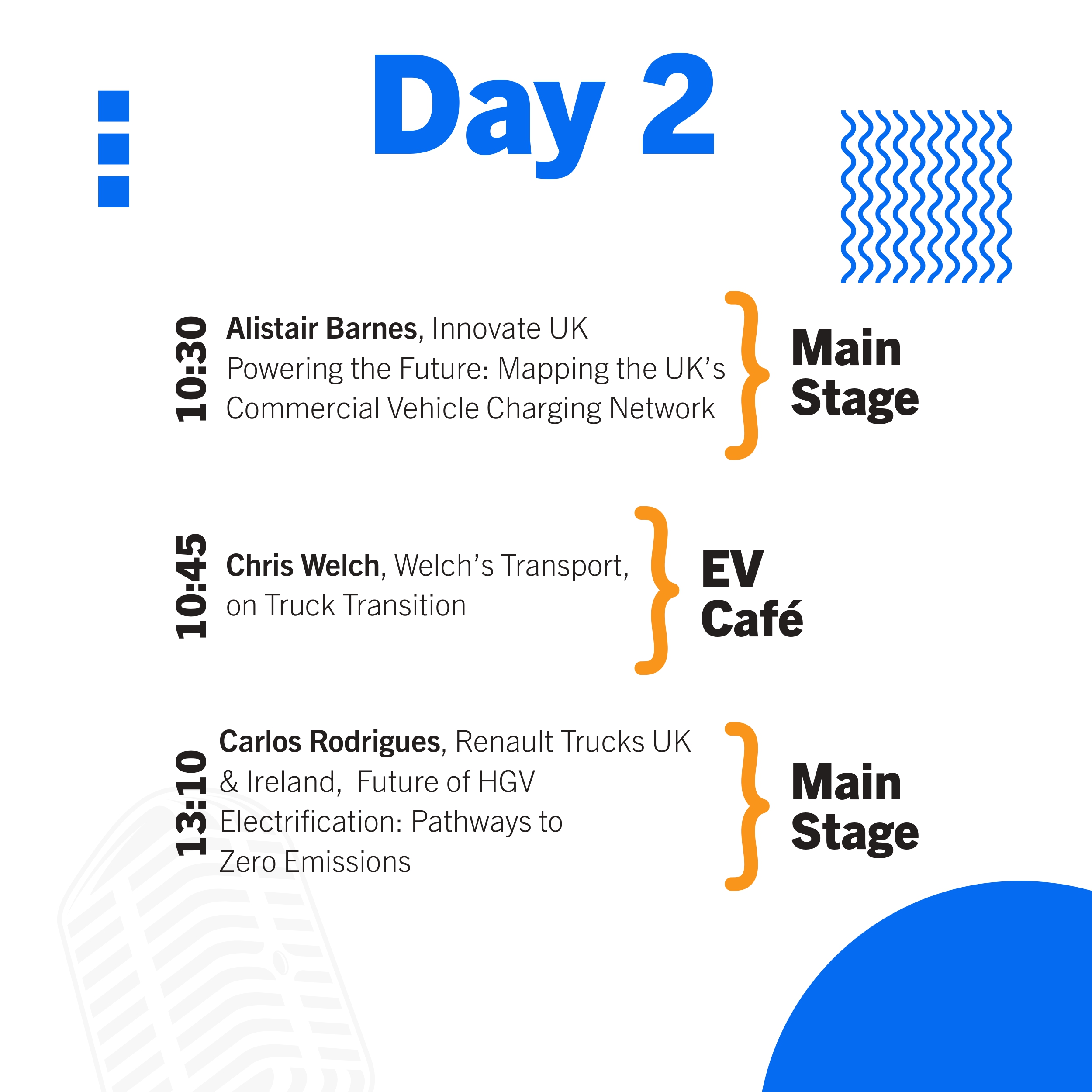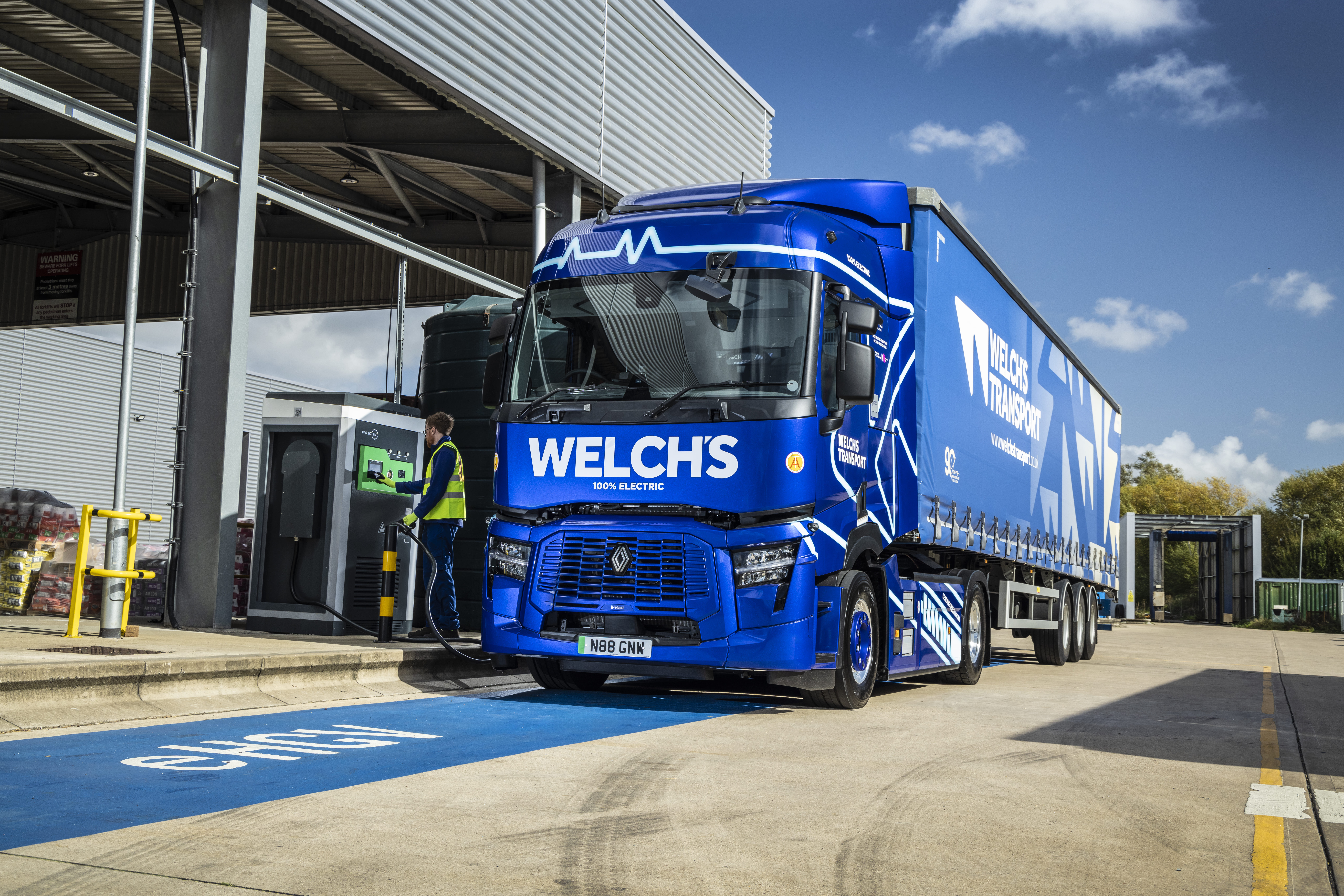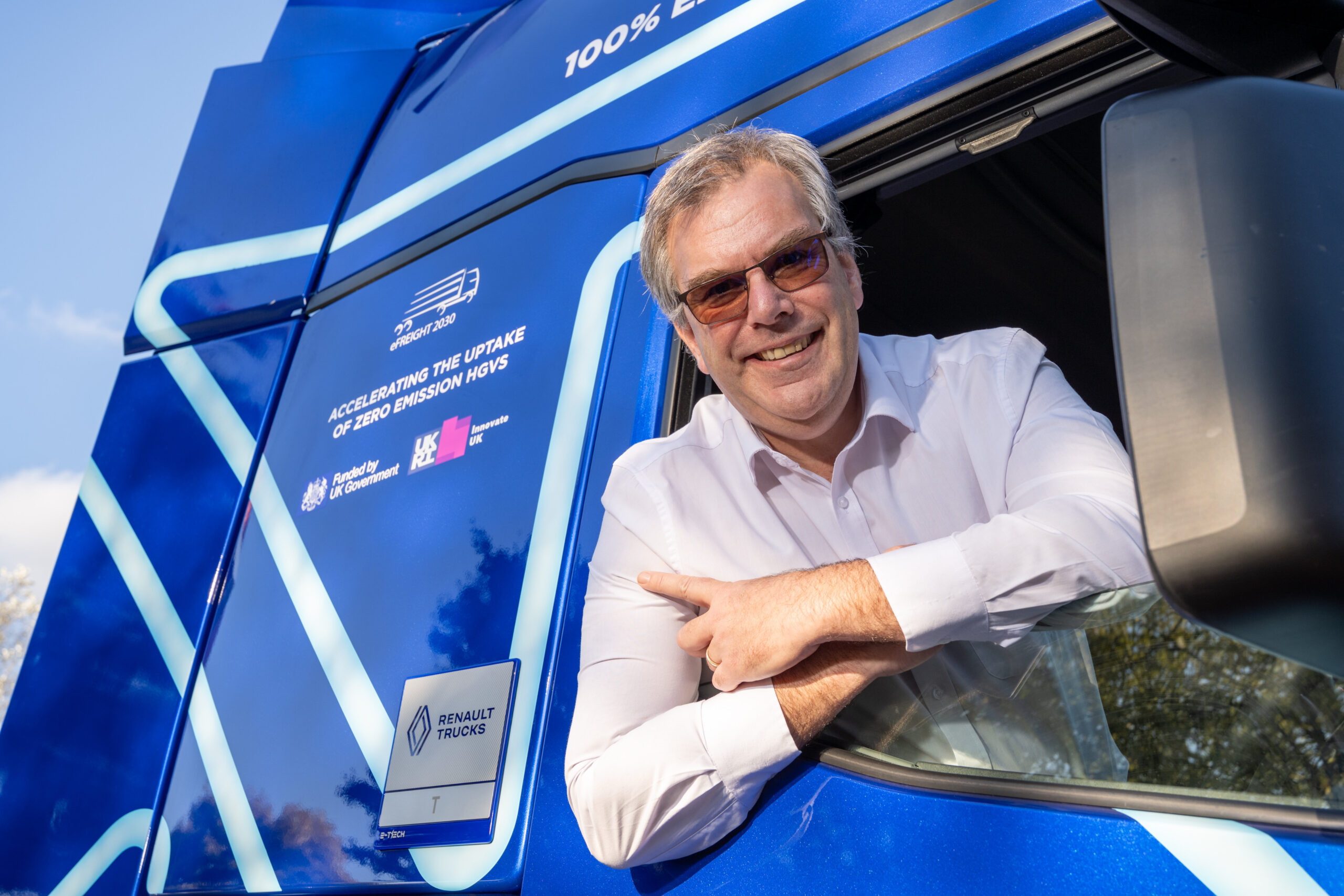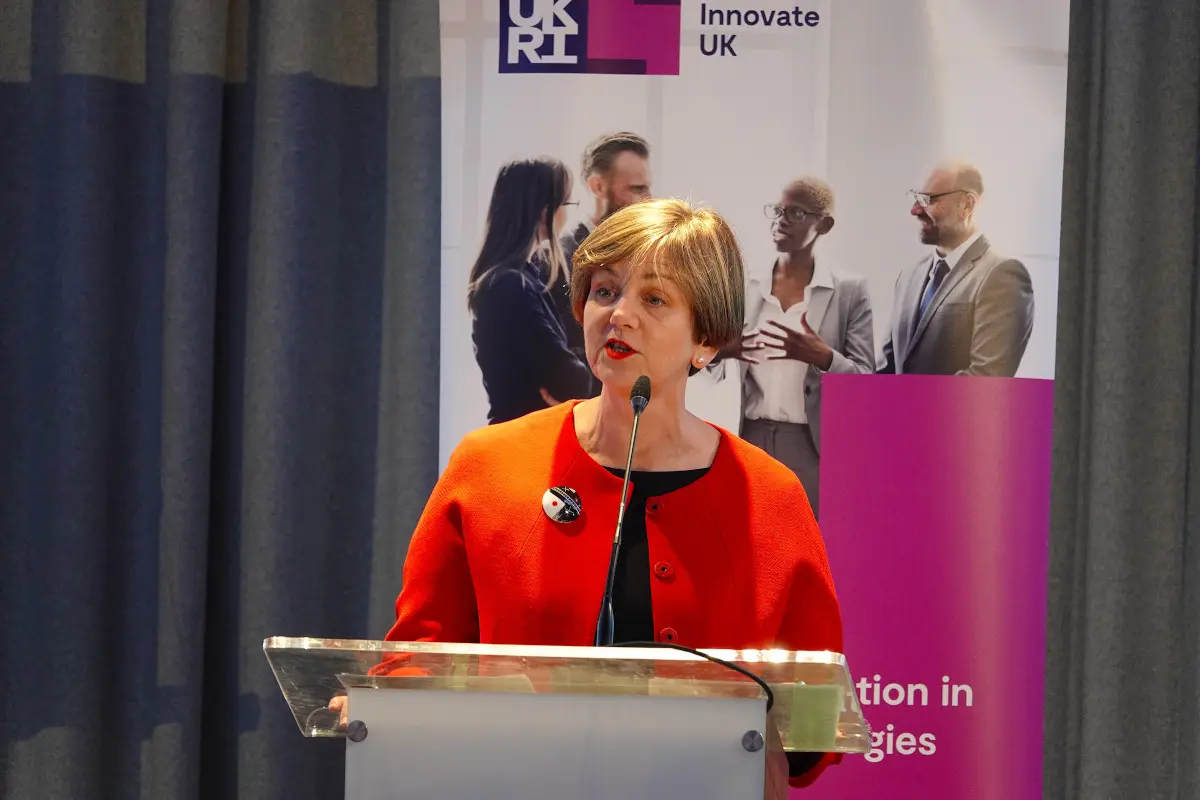Family-run IJ McGill Transport announced as latest eFREIGHT 2030 consortium member
eFREIGHT 2030 has announced family-run IJ McGill Transport as the latest member to join the consortium, which aims to shape the future of zero emission HGVs.
As part of eFREIGHT 2030, IJ McGill Transport will add three DAF electric vehicles to its existing fleet of approximately 130 vehicles which includes a versatile mix of 40-tonne and 44-tonne tractor units, rigid trucks (ranging from 7.5 tonne to 18 tonne), 3.5 tonne vans, and a variety of trailers, including straight frame, double-deck, and urban configurations. The multi-generational SME (Small and Medium-sized Enterprise) will also install charging infrastructure at three of its five depots, including a Voltempo megawatt HyperCharger at its Bristol site and 240-kilowatt chargers at its Tavistock and West Bromwich locations.

Heather Brown, Operations Director at IJ McGill Transport, explained:
“Our charging strategy will primarily focus on depot-based charging, utilising the downtime between routes. The megawatt HyperCharger at our Bristol site will be able to charge a vehicle in approximately an hour, while our 240-kilowatt chargers will take around 90 minutes. We’ll be charging vehicles during two key windows – early morning when trucks return from overnight trunking operations between 3-4am, and again in the early evening between 5-7pm before they go out for night work.”
The new electric vehicles will be used for both daytime distribution and overnight trunk routes, maximising utilisation while taking advantage of off-route charging opportunities.
Benefits of Consortium Membership
Joining eFREIGHT 2030 opens up new support and collaboration opportunities for IJ McGill Transport, especially as it begins its transition to electric vehicles.
Heather Brown added:
“Joining the eFREIGHT 2030 consortium represents an exciting step in our sustainability journey. As a family business that’s always looked towards the future, introducing electric vehicles allows us to reduce our environmental impact while future-proofing our operations. The consortium’s financial support and shared learning opportunities make this transition more accessible for a company of our size.”
In addition to support, the company will contribute operational data throughout the five-year programme, helping inform how small and medium-sized enterprises (SMEs) can transition to zero-emission logistics.

Kelly Pope, HR & Sales Director at IJ McGill Transport, commented:
“Sustainability has always been important to our business. From route optimisation and maximising vehicle utilisation to installing solar panels on our warehousing facilities, we’ve consistently sought ways to reduce our environmental footprint. Now, with increasing zero-emission zones in cities across the UK, this partnership enables us to offer our customers more sustainable transport solutions while sharing knowledge with other consortium members.”
Exploring Future-Forward Energy Solutions
Looking beyond electric vehicles, IJ McGill Transport is exploring a hydroelectric power scheme using an existing weir at the former paper-mill site that now houses its main depot in Keynsham, Bristol. The company is working with local environmental agencies to determine feasibility, with the ambition to generate enough renewable electricity to power its entire fleet in the future.
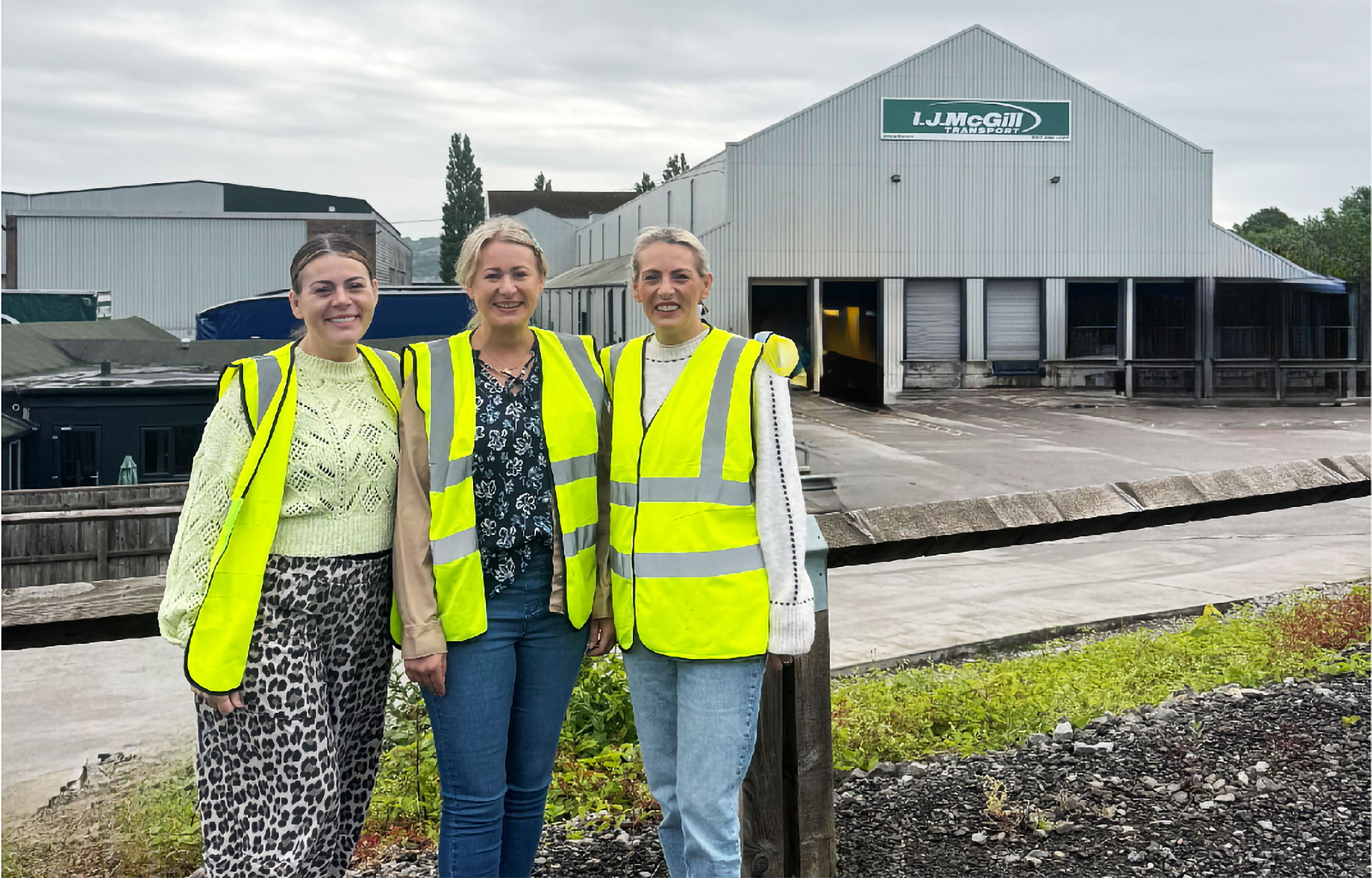
Michael Boxwell, Group Chief Executive Officer at Voltempo, which leads the eFREIGHT 2030 consortium, said:
“I am delighted to welcome IJ McGill Transport into the eFREIGHT 2030 consortium. As a long-established family business with deep roots in the transport industry, IJ McGill brings valuable experience and a genuine commitment to sustainability that aligns perfectly with our mission.”
“Their forward-thinking approach to green initiatives, from solar panels to exploring hydroelectric power at their historic Bristol site, demonstrates the kind of pioneering spirit we need in this transition. What particularly impresses me is their willingness to embrace new technologies and be among the first to trial innovations – a quality that will be invaluable as we work together to transform the UK’s HGV sector and create a more sustainable future for road freight.”
Dr Isabella Panovic, Programme Manager – Zero Emission Road Freight, Innovate UK, said:
“It is fantastic to see another haulier joining the eFREIGHT 2030 consortium, as part of the UK Government-funded Zero Emission HGV & Infrastructure Demonstrator, which is delivered in partnership with Innovate UK. With the addition of these vehicles and I. J. McGills as a new partner, the breadth of data and learnings from the project will be expanded.”

